To ensure energy efficiency and consistent comfortable temperatures, swimming pool basins should always be insulated around the outside of their structure. This helps with the detailing of the pool construction, from the design and installation of the waterproofing layer to establishing a consistent thermal envelope with the surrounding environment of the pool.
Extruded polystyrene (XPS) foam has a number of unique features that make it ideally suited for demanding applications such as underneath pools, and as ground floor insulation in buildings. XPS foam maintains its robustness and water repelling characteristics when installed in contact with soil and can bear the weight of both concrete and water in a pool, making it the essential insulation solution.
Benefits of XPS Foam in Pool Basins
Unlike other forms of foam such as expanded polystyrene (EPS), XPS foam is tolerant of damp or wet environments. This means it can be installed on the outside of the pool structure and tanking/waterproofing while still delivering its impressive thermal performance, even in the presence of a lot of water.
Technonicol is a leading manufacturer of closed cell XPS foam, offering a wide range of strong, lightweight, moisture repelling and easy to cut boards. Technonicol’s Carbon XPS foam series comes in a range of sizes, thicknesses and compressive strengths to meet various project demands. For example, Carbon Prof 300 has a compressive strength of 300 kPa and Carbon Solid 500 has a compressive strength of 500 kPa, which both offer more than enough compressive strength to withstand the weight of a pool when installed underneath it.
Is It Necessary to Insulate a Swimming Pool Basin?
It’s a good idea to thermally insulate swimming pool basins regardless of whether it’s legally required or not in order to reduce the energy required to maintain a certain water temperature. This reduces energy costs and ensures pool operation is more eco-friendly.
The Importance of Preventing Heat Loss
It’s well understood that heat evaporates from the top of swimming pools. However, the sides and bottom of the pool also lose significant amounts of heat and are often not considered by builders. Whether the pool is above-ground or in-ground, these other areas of the pool lose heat into the surrounding environment, especially when in direct contact with soil.
Using XPS foam can prevent up to 80% of heat loss from your pool compared to not having it at all. The extra cost of installing XPS foam is easily recouped within two years of installing it simply through the energy cost savings.
What Makes XPS Foam Water Resistant?
A lifetime of exposure to retained water makes it essential that any insulation used in a swimming pool retains its R-value, possesses compressive strength and other crucial properties while exposed to water. For that reason, XPS foam is almost exclusively used for insulating the bottom of pools. Insulation materials suitable for use in building construction above ground should not be used in a swimming pool where contact with moisture would make them lose all their insulating properties, rendering them useless.
When you use XPS foam, it’s guaranteed to work effectively and long-term in a swimming pool construction. The hydrophobic and homogeneous closed-cell structure of XPS foam is what makes it durable and highly resistant to water intrusion. It performs much better than expanded polystyrene (EPS), another plastic insulation that XPS is commonly compared to.
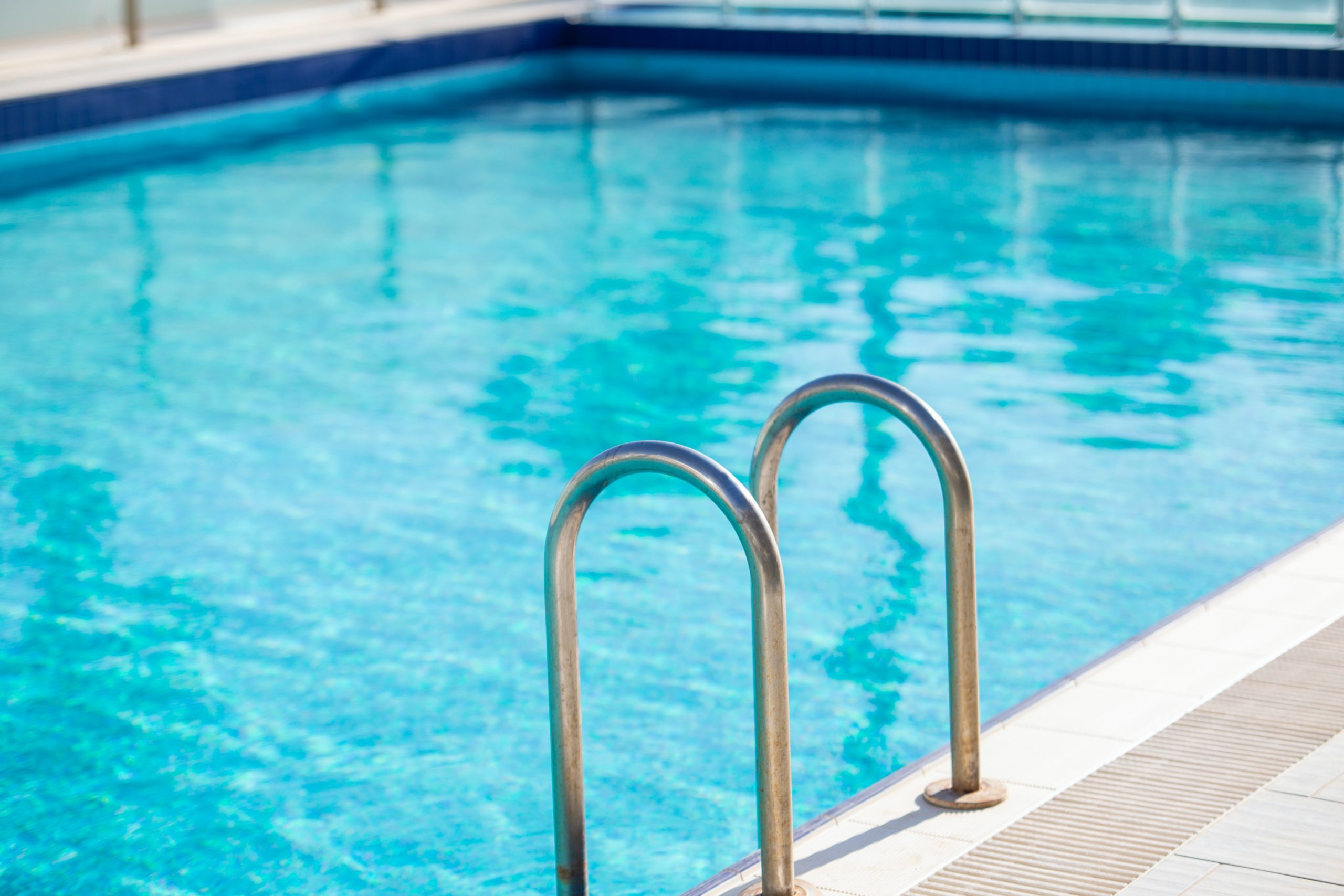
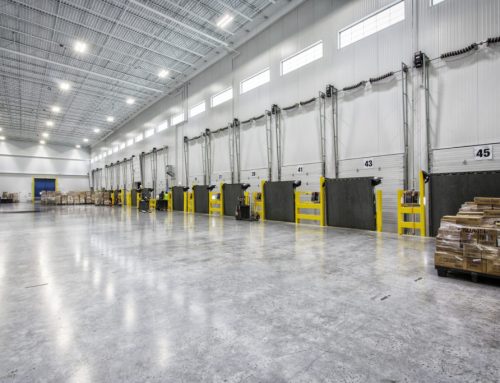
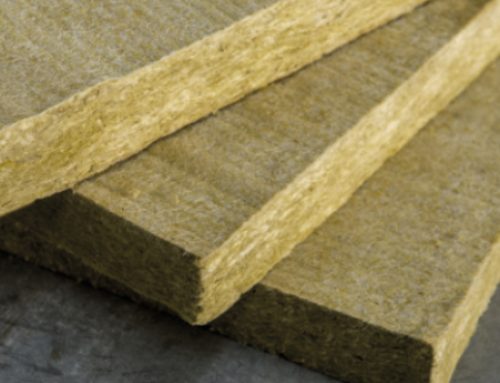
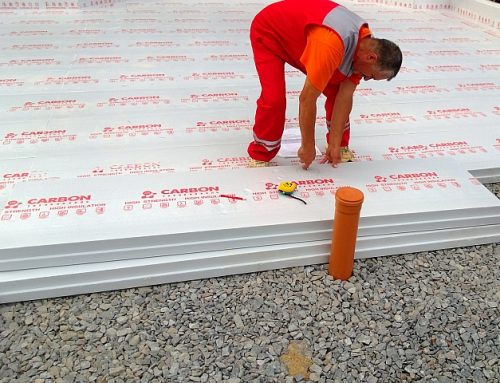
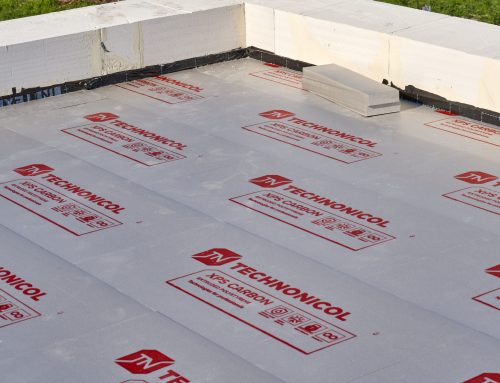
Leave A Comment